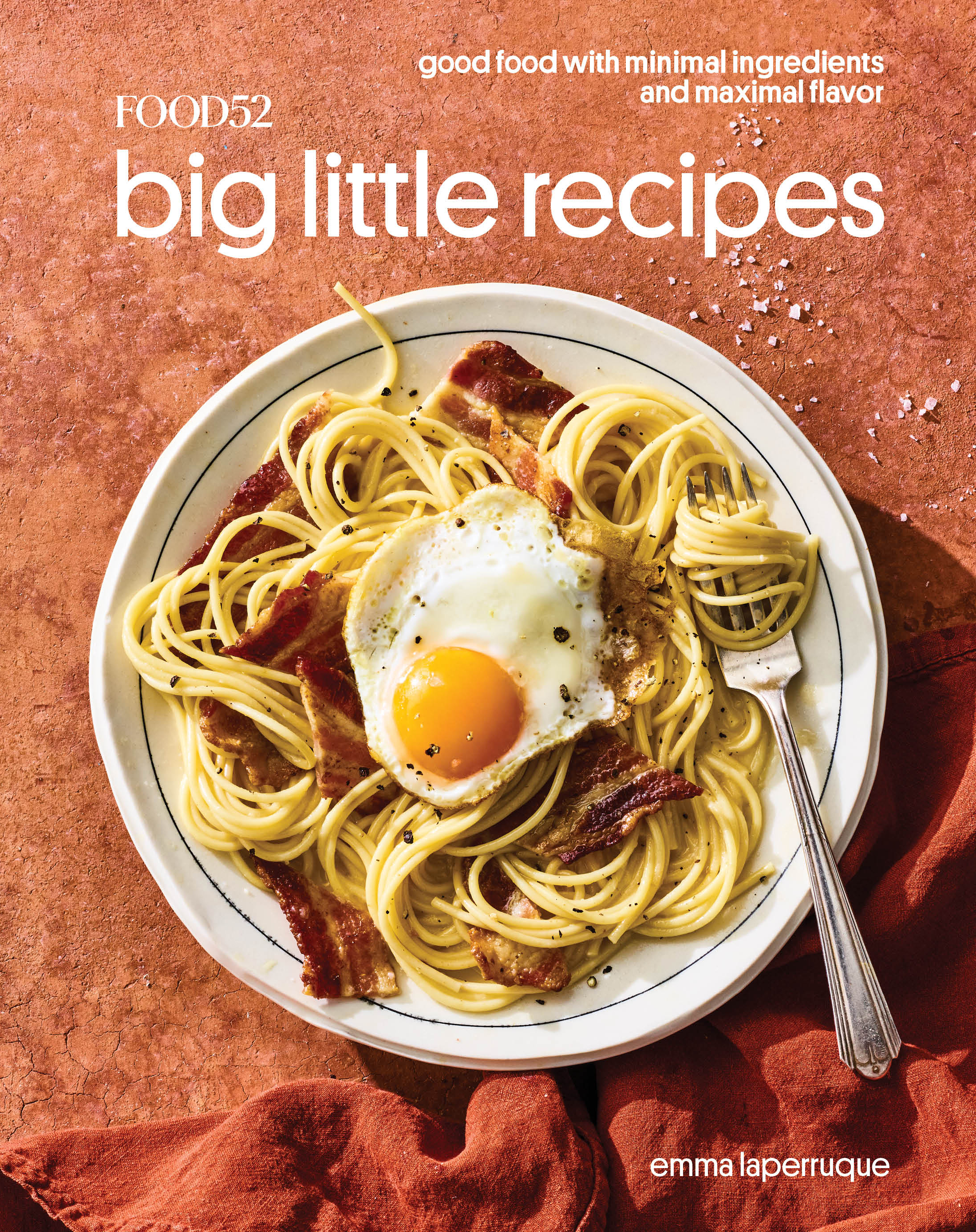0 seconds of 7 minutes, 32 secondsVolume 0%
Press shift question mark to access a list of keyboard shortcuts
Keyboard Shortcuts
Shortcuts Open/Close/ or ?
Play/PauseSPACE
Increase Volume↑
Decrease Volume↓
Seek Forward→
Seek Backward←
Captions On/Offc
Fullscreen/Exit Fullscreenf
Mute/Unmutem
Decrease Caption Size-
Increase Caption Size+ or =
Seek %0-9

Put down those long grocery lists. Inspired by the award-winning column, our Big Little Recipes cookbook is minimalism at its best: few ingredients, tons of flavor.
Order nowPopular on Food52
Continue After Advertisement
4 Comments
Sohee
June 29, 2020
This is a Genius Recipe! I am from Seoul and I loved it. I tweaked it a bit because my supermarket Kimchi was dry and didn't yield juice so I added toasted sesame oil into the peanut-kimchi paste in the food processor. To serve, I topped it with thinly sliced, ice cold cucumber, grated carrot, crushed peanuts, sesame seeds, crushed seaweed and red pepper flakes. My family wolfed it down. I am now forwarding this recipe to everybody I know. Thank you, Emma!
ahncj
June 24, 2020
I grew up in Korea and I have to agree with the commenter above... PB and kimchi...? That's way too adventurous even for me, and I love to experiment with food. Maybe it would work with other ingredients (Korean staples such as ground toasted sesame seeds, sesame oil, vinegar, scallions, and gochugaru/gochujang come to mind) added to bring the flavors together.
So S.
June 23, 2020
im east asian and love shanghai-style cold sesame noodles as it was a favorite dish in my childhood, but there is no way you could convince me kimchi and peanut butter are good together on noodles, i'm sorry 😭
Anusha A.
June 23, 2020
It is Really Nice And Also Please Visit Below Link For To Watch Mutton Biryani Recipe...
https://www.youtube.com/watch?v=AsIx5WHjsIA
https://www.youtube.com/watch?v=AsIx5WHjsIA







Join The Conversation